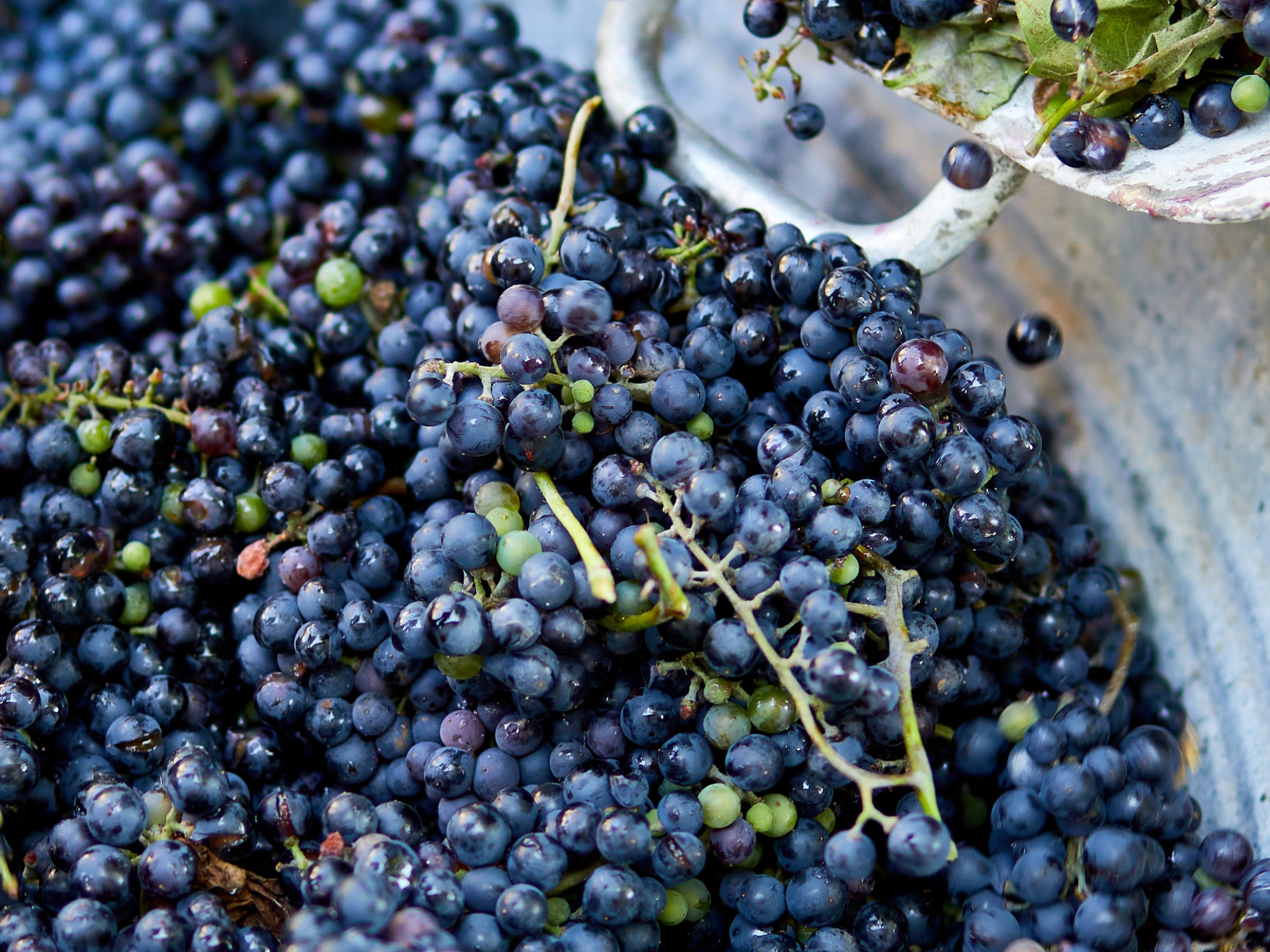Harvests have plummeted in the Southern Hemisphere and in some major countries due to the extreme climatic conditions
Speaking from the OIV’s headquarters in Dijon, by web conference, the Head of the Statistical Department and the Digital Transformation, Giorgio Delgrosso, presented on 7 November, the first estimates of 2023 world wine production


-
Low production volume in the European Union is expected. Italy and Spain record a significant decrease with respect to 2022 due to unfavourable weather conditions that led to downy mildew and droughts. France becomes the largest world producer in 2023, with a volume slightly above its five-year average
-
First harvest forecasts in the USA indicate that production volume will be not only higher than in 2022 but also above the average observed in the last years.
-
In the Southern Hemisphere wine production volumes are expected to be well below 2022 figures. Australia, Argentina, Chile, South Africa, and Brazil were all heavily affected by adverse weather conditions. The only exception is New Zealand, the only country with a 2023 production level above its five-year average.
Based on the information collected on twenty-nine countries, which account for 94% of the global production in 2022, world wine production (excluding juices and musts) in 2023 is estimated between 241.7 mhl and 246.6 mhl, with a mid-range estimate at 244.1 mhl . This represents a decrease of 7% compared to the already below-average volume of 2022.
This year’s figure should be, however, taken with caution, as there are still large countries like China, whose information is not available yet. Also, the high volatility in production volumes observed over the last years at both country and regional levels makes forecasting exercise even more difficult.
This would be the smallest production since 1961 (214 mhl), even lower than the historically small production volume of 2017 (248 mhl). This negative scenario can be attributed to significant declines in major wine-producing countries in both Hemispheres. While in the Southern Hemisphere, Australia, Argentina, Chile, South Africa, and Brazil recorded year-over-year variations between -10% and -30%, in the Northern Hemisphere, Italy, Spain and Greece are the countries that suffered the most from bad climatic conditions during the growing season. Only the USA and a few EU countries like Germany, Portugal and Romania, experienced favourable climatic conditions that resulted in average or above-average volumes.
Once again, extreme climatic conditions - such as early frost, heavy rainfall, and drought have significantly impacted the output of the world vineyard. However, in a context where global consumption is declining and stocks are high in many regions of the world, the expected low production could bring equilibrium to the world market.


